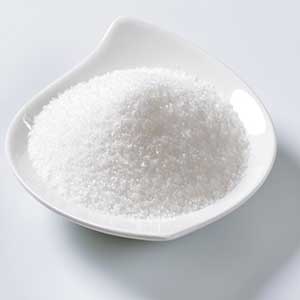
News
Oct . 31, 2024 08:24 Back to list
gluconate chelating agent manufacturer
The Role of Gluconate as a Chelating Agent An Overview for Manufacturers
Gluconate chelating agents are gaining significant attention in various industries due to their versatile applications and eco-friendly properties. These compounds, derived from gluconic acid, are known for their ability to bind metal ions and facilitate the removal of heavy metals from solutions. Manufacturers seeking to incorporate gluconate chelating agents into their products can benefit from understanding their properties, applications, and advantages.
Properties of Gluconate Chelating Agents
Gluconate, often in the form of sodium or calcium gluconate, exhibits excellent chelating properties, making it effective in sequestering various metal ions such as calcium, magnesium, iron, and copper. One of the primary reasons these agents are favored is their biodegradable nature. Compared to traditional synthetic chelating agents like EDTA and DTPA, gluconate is more compatible with the environment, leading to reduced ecological impact when disposed of in wastewater.
Additionally, gluconate is non-toxic and safe for use in food, pharmaceuticals, and personal care products. Its ability to enhance the bioavailability of minerals while preventing precipitation of metal ions further underscores its appeal across multiple sectors.
Applications in Various Industries
1. Agriculture In agriculture, gluconate chelating agents are utilized in fertilizers to enhance nutrient uptake by plants. By binding essential micronutrients, they ensure these nutrients remain soluble and available for absorption. This not only improves crop yield but also promotes healthier plants.
gluconate chelating agent manufacturer

2. Food Industry Gluconate is commonly used as a food additive, where it acts as a stabilizer and preservative. Its chelating ability helps maintain the quality of food products by preventing the rancidity that can result from metal catalysis. The food industry appreciates its safe profile, making it suitable for consumer products.
3. Pharmaceuticals In pharmaceuticals, gluconate serves as a carrier for metal-based drugs and supplements. It enhances the solubility and bioavailability of these compounds, improving their efficacy. Moreover, sodium gluconate can be found in various formulations for its therapeutic benefits, including its role in electrolyte replenishment.
4. Cleaning Products Gluconate chelating agents are utilized in industrial and household cleaning products. They effectively bind hard water ions, enhancing the cleaning power of surfactants and reducing the amount of soap required. This leads to more effective cleaning solutions with minimal environmental impact.
Advantages for Manufacturers
Manufacturers choosing to use gluconate chelating agents can leverage several advantages. Their non-toxic nature ensures compliance with strict safety regulations, making them suitable for a broad range of applications. Moreover, the growing consumer demand for sustainable and environmentally friendly products aligns with the use of gluconate, positioning manufacturers favorably in the market.
Conclusion
In conclusion, gluconate chelating agents are versatile, eco-friendly options for manufacturers across various industries. Their ability to effectively bind metal ions, coupled with their non-toxic and biodegradable properties, makes them a preferred choice for applications in agriculture, food, pharmaceuticals, and cleaning products. As industries continue to focus on sustainability, the role of gluconate as a chelating agent is poised to expand, offering manufacturers a valuable tool in product formulation and innovation.
-
Polyaspartic Acid Salts in Agricultural Fertilizers: A Sustainable Solution
NewsJul.21,2025
-
OEM Chelating Agent Preservative Supplier & Manufacturer High-Quality Customized Solutions
NewsJul.08,2025
-
OEM Potassium Chelating Agent Manufacturer - Custom Potassium Oxalate & Citrate Solutions
NewsJul.08,2025
-
OEM Pentasodium DTPA Chelating Agent Supplier & Manufacturer High Purity & Cost-Effective Solutions
NewsJul.08,2025
-
High-Efficiency Chelated Trace Elements Fertilizer Bulk Supplier & Manufacturer Quotes
NewsJul.07,2025
-
High Quality K Formation for a Chelating Agent – Reliable Manufacturer & Supplier
NewsJul.07,2025
